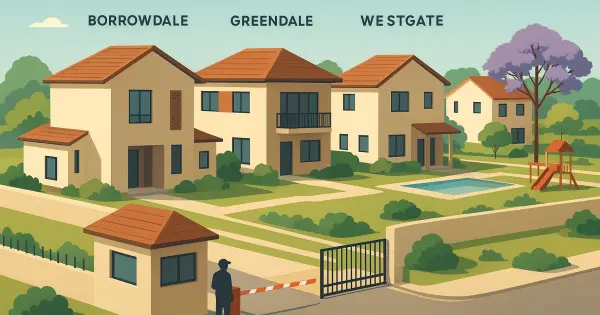Market forces are perhaps the most well-known factor that influences the value of a property. They also are perhaps the most misunderstood of all these factors. This is because while people understand the interaction of forces of Supply and Demand there are a myriad of factors that drive these forces that interact in a complex way to produce the results we see. This makes the housing market an unpredictable mystery. A mystery that financial institutions have spent their entire lifetimes trying to understand and divine.
The supply and demand side of things
Economics Supply is defined as the amount of a resource/item that sellers are willing to supply at a given price. It can be further refined as an effective supply. You see, merely wishing to sell a house at a given price doesn’t count. You not only have to be willing to sell a house but have the house to sell as well. When we look at supply and how it influences the price of properties we are looking at what is called aggregate supply.
In general, how many people are selling their houses? In general, if there is an increase in the number of people selling their houses it means prices will fall. The value of the house you are selling or want to buy goes down because the seller has to entice you to buy their house instead of those of his/her rivals. Such a market is known as a buyer’s market because the buyer has leverage because a lot of people are selling. Usually, it means as a seller your house will probably sell below what you wanted or spent buying it.
An increase in supply can be caused by a lot of things:
A financial crisis where a lot of people default on their mortgages. This causes banks to foreclose/repossess houses and put them on the market resulting in a “glut” or an increase in the number of houses for sale.
When new stands and properties are made available by the council, local authorities or the government.
Financial hardships leading to more people selling their houses to make ends meet.
The opposite is also true, a decrease in supply will lead to a rise in property prices. This will see you spending more to buy a house or earning more than you otherwise spend. This is known as a seller’s market. There are several factors that cause a seller’s market:
Overpopulation in a given area. This is especially true in cities and urbanised countries such as Australia and the UK. The price of a stand in these countries will buy you a fancy house in Borrowdale.
During periods of economic boom, people have money to spend building houses.
A fall in interest rates will lead to cheaper mortgages allowing more people to be able to afford to buy a house.
As alluded to, often the forces of Supply and Demand are in turn influenced by other factors that are difficult to ascertain and control. It’s almost always easier to explain why things are what they are than to predict where the lots will fall. You can always identify whether we have a seller’s market or a buyers market.
A buyer’s market is characterised by:
An influx of houses available for sale
Sellers often getting offers less than their advertised price
Houses taking too long to move from the market
A general perceptible drop in house prices
On the other hand a seller’s market is characterised by:
A dearth of houses on the market
Sellers often getting offers above the asking price from many competing buyers
Houses moving quickly on the market
A general perceptible spike in property prices.
Powered by Froala Editor




